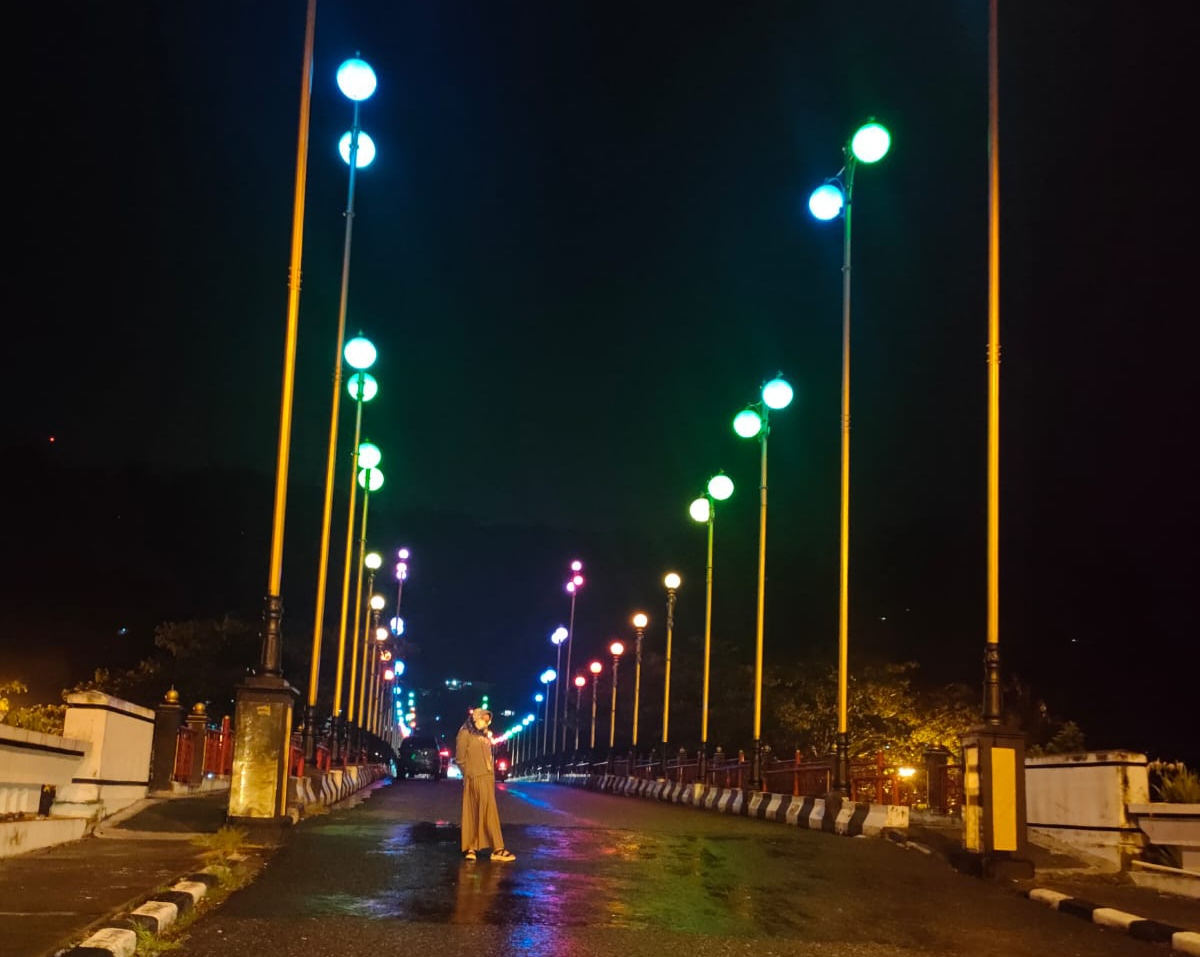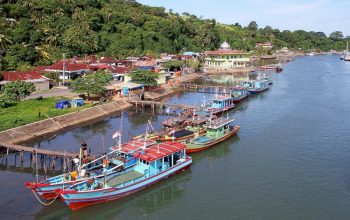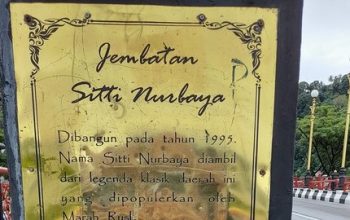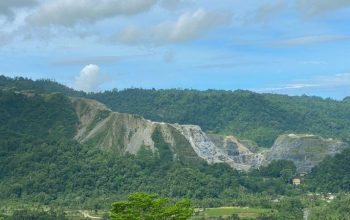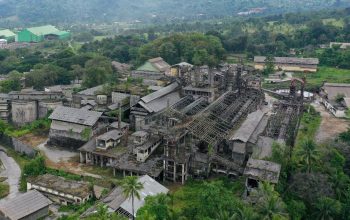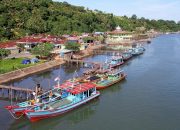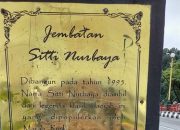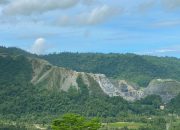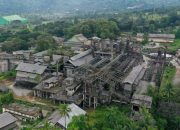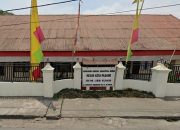The Siti Nurbaya Bridge, named after a famous character from Indonesian literature, is one of the most iconic landmarks in Padang, West Sumatra. Stretching over the Batang Arau River, this bridge not only serves as a vital transportation link but also stands as a cultural and historical symbol of the city.
Historical and Cultural Significance
The bridge is named after Siti Nurbaya, the protagonist of the novel “Siti Nurbaya: Kasih Tak Sampai” by Marah Rusli. Published in 1922, the novel is a classic of Indonesian literature and tells the tragic love story of Siti Nurbaya and Samsulbahri. The story is set in Padang, making the bridge’s name a fitting tribute to the city’s rich literary heritage.
Architectural Features
Constructed in the early 2000s, the Siti Nurbaya Bridge spans approximately 600 meters and features a modern design with elegant lines and robust structural elements. At night, the bridge is illuminated with vibrant lights, creating a stunning visual display that attracts both locals and tourists.
Tourist Attraction
The Siti Nurbaya Bridge is a popular destination for both local residents and tourists. It offers a panoramic view of the Batang Arau River and the surrounding areas, including the old town of Padang with its colonial-era buildings. Visitors often come to the bridge to enjoy the scenic views, take photographs, and experience the lively atmosphere of the riverfront.
Access and Connectivity
The bridge significantly improves connectivity in Padang, linking key areas of the city and easing traffic congestion. It connects the Padang Old Town with the newer parts of the city, facilitating the movement of people and goods. This has a positive impact on the local economy and enhances the daily lives of residents.
Events and Activities
The area around the Siti Nurbaya Bridge is often bustling with activities. The riverbanks are lined with cafes and food stalls, offering local delicacies and a chance to enjoy the vibrant street life. The bridge is also a focal point for various cultural events and festivals, adding to its role as a central hub of community life in Padang.
Conclusion
The Siti Nurbaya Bridge is more than just a piece of infrastructure; it is a symbol of Padang’s cultural identity and historical significance. Its blend of modern engineering and literary heritage makes it a must-visit landmark for anyone traveling to West Sumatra. Whether for its scenic views, historical connections, or cultural vibrancy, the Siti Nurbaya Bridge stands as a testament to the enduring spirit of Padang.
